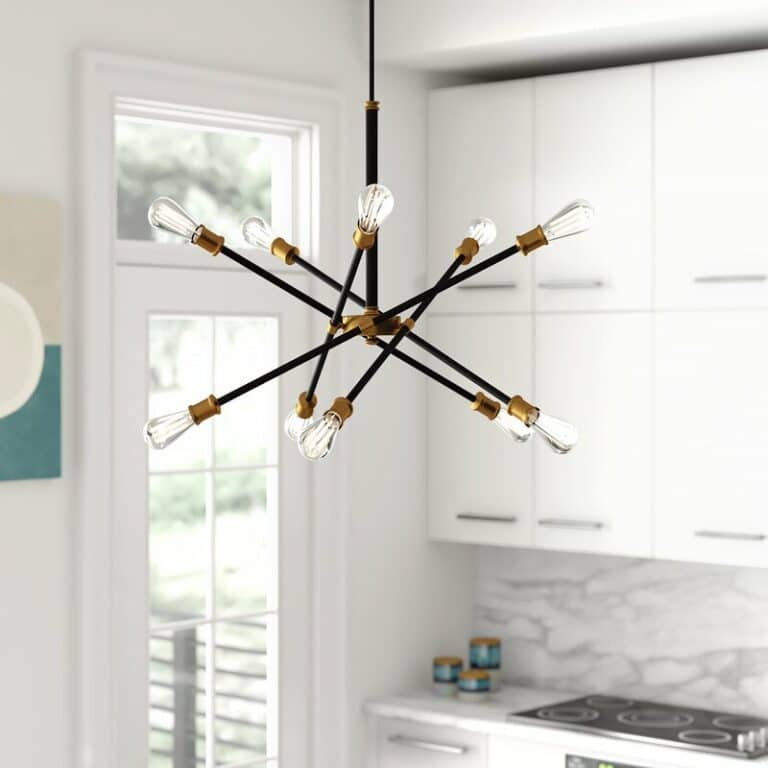In our last article “Are You Using the 1031 Exchange Tax Shelter?” we discussed how utilizing a 1031 exchange can save you tens of thousands of dollars in unnecessary taxes. This will give you more money to invest into another income property. In this article, we will show you how to use a 1031 exchange.
Use a 1031 Exchange to Reinvest
If you are planning on reinvesting the proceeds from the sale of your investment property into any kind of real estate except a personal residence, then you should use a 1031 Exchange. You will be able to defer the payment of depreciation recapture and capital gains taxes. The Feds require that the property be a “like-kind.” Their definition, however, is so broad that as long as it is any type of investment property; is located in the United States or a U.S. territory; and will not be personally used as a residence then it qualified as a like-kind exchange.
The Checklist to Use a 1031 Exchange
The 1031 Exchange is a relatively simple process. You should still consult with your legal, financial and/or tax advisors before proceeding to make sure that you follow all of the guidelines and meet all of the deadlines.
Let your listing agent know. You need to let your listing agent know that you will be using a 1031 Exchange. You have a limited amount of time to locate a replacement property, so you might as well get them working both sides of the transaction from the get go.
Add the Cooperation Clause in Your Purchase Contract. You need to document your intent to complete the exchange and provide notification to your buyer. This link will provide you with a sample of how the clause should read.
Find a Qualified Intermediary. The IRS requires that you use a Qualified Intermediary. They will hold the 1031 exchange proceeds in a qualified escrow or trust account. If you use the proceeds for anything other than buying the replacement property, you will owe taxes on that amount. Your QI will help you keep from dipping into those funds. Your QI has to be a disinterested third party. They must also have sufficient insurance, fidelity bonds and financial safeguards. They cannot by your attorney, CPA, broker or anyone else you do other business with.
Execute the 1031 Exchange Documents. This is where your Qualified Intermediary steps in to help you provide all the documentation that the Internal Revenue Service requires. Once you are ready to close on the property you are selling, the 1031 exchange documentation begins.
Identify Your Replacement Property. You have 45 days from closing on the sale of the first property to identify potential replacement properties in writing. The written identification form must be given to your Qualified Intermediary. You will need to provide a specific address and the probable purchase price. In our next article, we will discuss in more detail the rules that govern your replacement property.
Put an Offer on Your Replacement Property. Once again, you need to add the Cooperation Clause to your purchase contract to keep the paper trail active. Keep your QI in the loop as well.
Execute your 1031 Exchange Documents. Your QI will help you to prepare the documents needed to use the 1031 exchange to invest in your replacement property.
Authorize Your Qualified Intermediary to Release the Funds. If there are sufficient funds in the escrow account, both the earnest money deposit and the closing costs can be used to complete the closing.
It is as easy as that. On your end, the most difficult part will be finding the replace property. Now if you find your replacement property before the sale, there are ways you can still use a 1031 exchange. Your qualified intermediary can help you with that. From there, your QI will make sure all of the paperwork is IRS compliant. Meanwhile, you do not have to pay any of those pesky capital gains taxes.
We need to brief you on the replacement property rules. You will also need to know how to meet the limited timeline to complete the transaction. Look out for our next article “1031 Exchange Rules and Regulations.”










